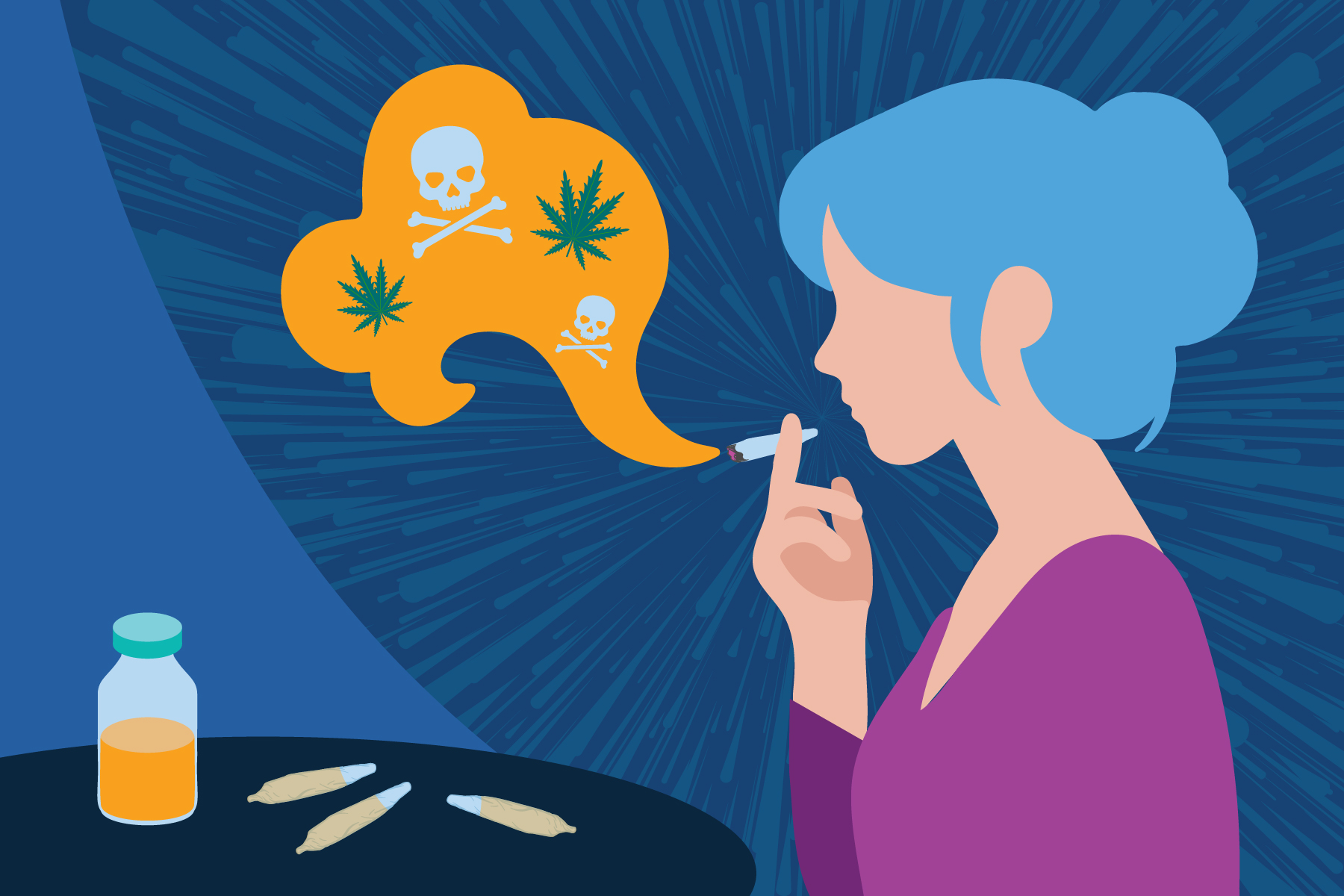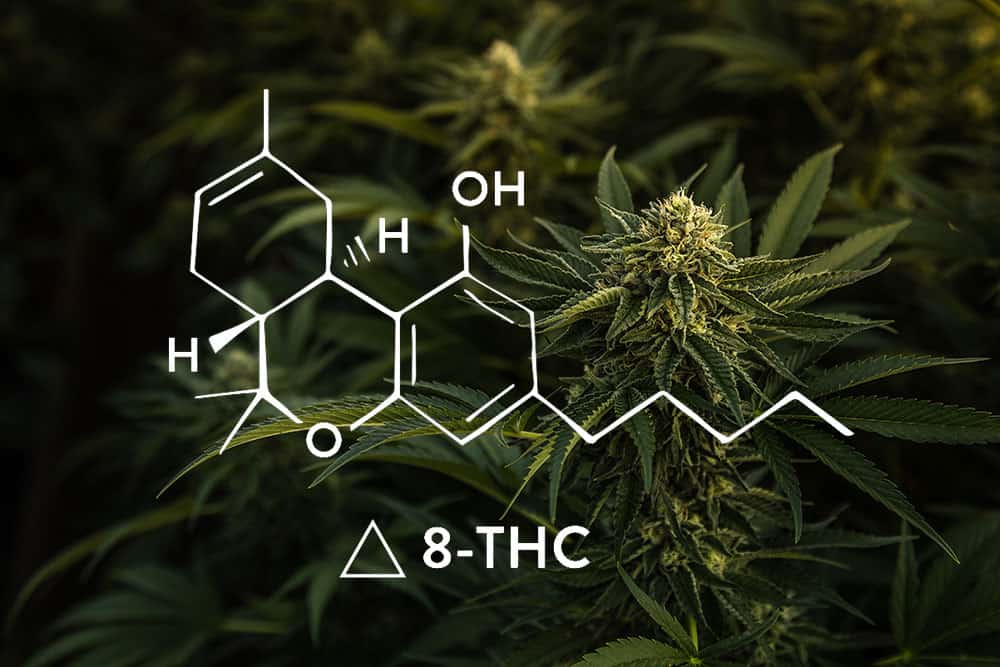The Story of Jim Thomas
The first time I saw Jim Thomas speak I was brought to tears by his tenderness and authenticity, and the simple beauty of his message: that we are born to be in a relationship and to yearn for connection.
As one of just a handful of trainers in the world for the popular EFT model (Emotionally Focused Couples Therapy, developed by Dr. Sue Johnson), Jim trains hundreds of therapists around the country each year.
In his private practice, he works with some of Colorado’s highest-profile couples and families.
While the fields of mental health, family therapy, and substance abuse can seem like separate camps, Jim has a foot in each of these worlds. He combines a background in systemic family work with a focus on attachment-based therapy.
Jim uses his 25 years of personal experience in recovery and the 12-Step community to bring a relational, attachment-based approach to addressing substance abuse. In his treatment approach, he honors traditional approaches to recovery but also builds on them.
Jim and I got together for lunch near his Lakewood office on a sunny Tuesday afternoon. Between bites of Indian food, we talked about three interesting topics:
- How his understanding of addiction has evolved
- His advice for loved ones of people struggling with addiction
- His dreams for the treatment community
We All Need Contact, Comfort, and Connection
Jim’s understanding of addiction has evolved and been informed by both his own recovery journey and being a student of various leaders in the fields of human development, addiction, and family therapy.
He explained, “When I first was trying to learn about addiction for myself, so that I could go to a clean and sober place and take my emotional life back, mostly they were talking about it being a biological disorder – it’s that your brain is predisposed.”
He continued, “but as I was clean, part of what happened to me was my heart came back to life. I could feel what I knew as a little kid, which was how important human connection was.”
Jim was influenced at the time by John Bradshaw’s work on shame, and was also going to a lot of Adult Children of Alcoholics meetings.
He started to realize that while perhaps it was true that he was biologically predisposed to addiction (as he had learned in AA), but that his brain had also learned to wire in a certain way based on his family dynamics—it was not only genetics but also environment that predisposed him to seek comfort through substances.
He described stumbling upon the attachment work of John Bowlby, saying, “It organized what I was feeling – that I was born to be met as a person, and the first instinct of the human is to reach for contact, comfort, and connection.”
How Drugs Hijack The Human Attachment System
Substances of abuse act on the same opioid receptors that are activated when we are in close connection.
This makes them an alluring substitute – if we are wired to be in close connection, and a substance can provide many of the same benefits as the relationship, why not choose a substance over the risk and difficulty of a relationship?
This is even more true for people who did not grow up learning that relationships are safe and they can count on others to get their needs met.
Of course, the promise of substances to replace these close connections is ultimately empty. Jim references Phillip Flores’ work on addiction as an attachment disorder, saying, “…drugs are literally hijacking parts of the brain that nature put there so we could connect with other humans.
The opioid receptors are getting hijacked. And instead of balancing the seeking behaviors with the connection, we never get that connection. We just stay in the seeking mode.
They did a study on alcohol recently and found that it mimics all the chemical experience of closeness except for the oxytocin release, which is why long-term alcoholism can feel so lonely.”
Oxytocin, also called the cuddle hormone, is a feel-good chemical released organically by the brain when triggered by positive interactions with other people.
Drugs come close to approximating the experience of closeness with others, but always leave users wanting more. This is partly a product of physical dependence but also speaks to the deeper need for attachment left unfulfilled.
Jim says, “Addiction in a lot of ways is a love failure. I don’t know how to live in a world of love, so I go elsewhere.”
Addiction Impedes Human Connection
As Jim sees it, the tragedy of addiction is that although the need for connection may drive people toward substances, as they either try to suppress or meet that need through substances, addiction sooner or later impedes connection.
“As we get lost in a substance and start to rely on it, we become unpredictable to the people around us. We do hurtful things or disappear. That disorders our attachment or our emotional bond with the people around us, which further complicates the situation.
If I become unreliable, or selfish, or hurtful, or I just disappear, it’s very tentative for me to reach out to you for human contact. Nobody did that for me. And so I don’t reach, and you don’t reach, and we get farther and farther apart.”
He continues, “We watch loved ones get lost in heroin, coke, meth, alcohol, and it’s almost as if these substances are taking over their brain and saying, ‘look, I can give you a lot of the feelings you’re looking for, and I won’t tell you off, I won’t argue with you, I won’t hurt your feelings.’”
Recovery is a Human Thing
The antidote to the disconnection of addiction, Jim believes, is secure attachment, the kind of relationship in which you feel that you can count on another person, be seen by them, and feel safe in their presence.
Jim explains, “ We do best when we live in a world where we have at least one really close, vulnerable connection with another person. That’s also how we can be most autonomous and successful in the world when we have that bond.
And how many people struggling with addiction are mentally saying, ‘I have to do this myself, I have to willpower my way through this?’ And not just people in recovery—also at work and in their personal life.”
Jim wants people in recovery to talk more about their emotional life. “Are people talking about the loneliness of long-term addiction in their recovery?
Are they telling someone, ‘it’s been so lonely in here this whole time. I’ve been so focused on making amends and doing my personal inventory, but what about my emotional inventory?’”
Jim tells people who want to be a sponsor in the Twelve Step tradition to be not just a confrontational sponsor but a caring sponsor, “If all you do is confront you’re sending the message that the answer isn’t in intimate connection.
That this recovery thing isn’t a human thing.”
Honoring Connection and Interdependence in Recovery
Traditional approaches to family work in addiction often focus on eradicating “codependency” and creating better boundaries to counter what is considered unhealthy enmeshment.
While Jim acknowledges the importance of boundaries, and that especially during times of crisis it is important to be able to take care of oneself in the face of a loved one’s addiction, he also notes that to focus exclusively on creating boundaries may mean we limit opportunities for nourishing connection.
While honoring the work of people like Melody Beattie, Jim regrets that the phenomenon of loved ones engaging in unhelpful care-taking behaviors has come to be described as codependency. He prefers the term “ineffective dependency.”
Jim explains that, divorced from the historical context and the meaning it has taken on in the field,
“Codependence literally means that in an adult love relationship, ‘I depend on you, and you depend on me. You are a safe place for me to come when I need you to be wiser and stronger when I need you to come to visit my pain, my hurt, my fear. And in particular, if you can do that regarding us, then I can depend on you in a different way. I can just be human with you and I don’t have to be strong all the time. And I’ll return the favor.’”
He believes that treatment programs must recognize and honor the need for healthy dependence.
“If the professionals are just talking about autonomy, independence, and how parents need to get out of the way, then they’re missing that our loved ones need to know that they matter to you and can be connected to you, and we don’t outgrow that! We don’t go from dependence to interdependence to independence. What’s more accurate is that we go from dependence to healthy co-dependence.”
Advice for Parents
When asked what advice Jim had for parents of young people struggling with addiction and substance abuse, Jim offered a couple of tips.
Beyond Boundaries
One is that while setting boundaries with your teen or young adult is a very important part of a parent’s job, it’s not where parents have the most impact. “Where we have the most clout as parents is in letting our kids know, ‘I miss you.’ In letting them know we still like them and want to know them and be there for them.”
Secure Your Own Air Mask Before Assisting Others
Jim knows from personal experience that the practice of showing up with love and acceptance for your kids is hard, and can unearth for parents their own unmet attachment needs.
He urges parents to find their own support and help in meeting these needs, recalling the advice for airline passengers: “Secure your own air mask before assisting others.”
When parents attend to their own need to be seen, accepted and connected, their attachment system relaxes. Then their natural care-taking system can come out—the part of themselves that would do anything for their son or daughter, as long as they knew it was truly helpful.
Make Sure Your Help Is Helpful
Enabling is another big no-no of the addiction recovery community, but Jim cautions that what is sometimes called enabling can actually be good hurdle help, pointing to one study which found that taking the extra step of calling a sponsor with someone in session yielded much greater follow-through than simply giving them the sponsor’s phone number.
Treatment providers can help families to determine what is helpful vs. unhelpful helping.
When a young person can move into a secure attachment with a parent, it provides them with a very important resource to counter the pull of addiction.
Because we are wired to connect with others, a secure attachment with any safe adult is one of the most efficient and powerful resources a person can have.
Welcoming Home Those Who Struggle with Addiction
As our interview came to a close, I asked Jim about his dream for the field of addiction recovery, and he responded, “We’re Motel 6. We’re gonna leave a light on.”
He added that, “…we evolve so that what we’re doing is more an enterprise of the heart. It would be informed by things like neuroscience and diet, but the mind would be the heart’s soldier. Our treatment centers and programs and groups have a sign that says welcome home. This is a safe space. We’re glad you’re here, whether you’re a boy or a girl or gay or straight or however you identify yourself. And we know that something – whether addiction to a substance, or gambling, or overeating – something took you away from us.” Jim teared up. “And we missed you. And we want you to come home. And we’re all trying to come home too.”
About Sandstone Care
Sandstone Care treats adolescents and young adults struggling with substance abuse and co-occurring disorders using a family-focused model. We have locations in Denver and Boulder / Broomfield, CO.






